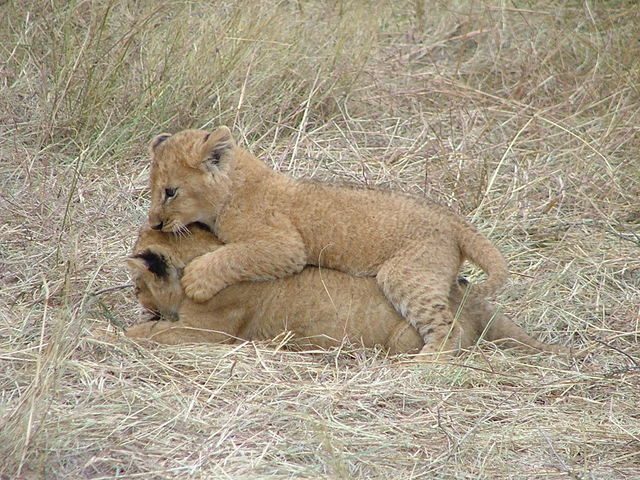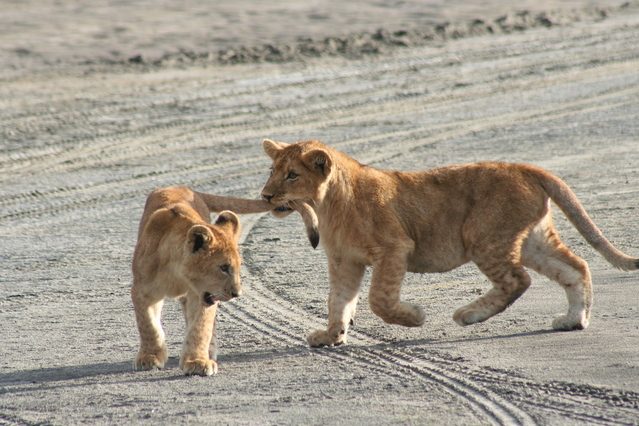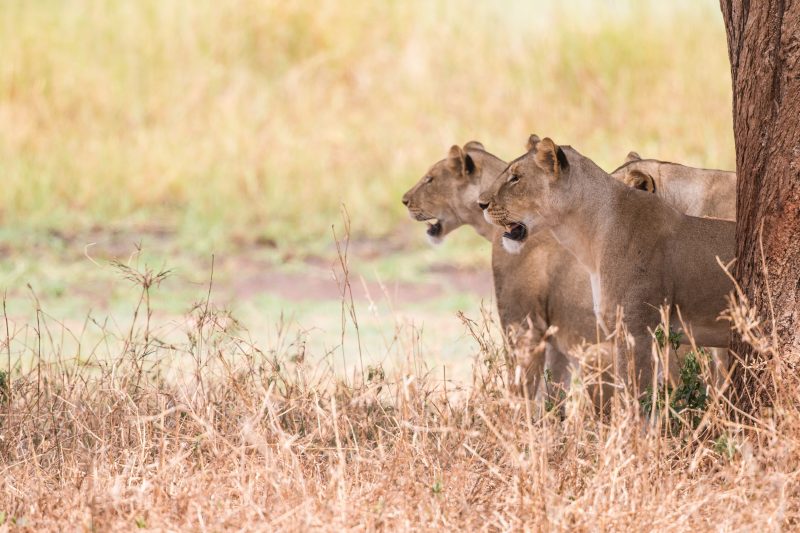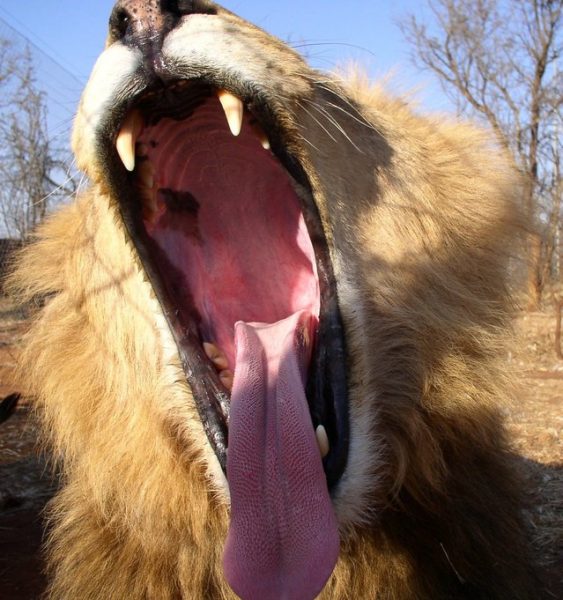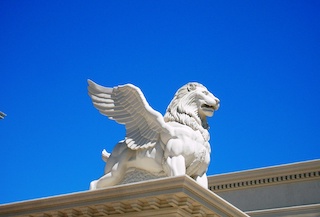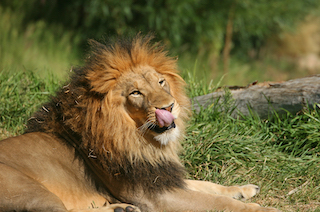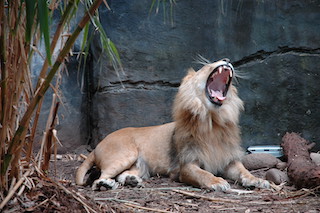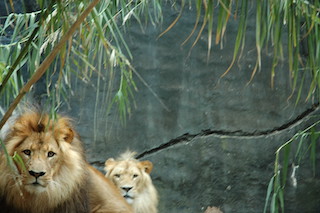Vulnerable Cub To A Roaring Lion
Lion cubs have a mortality rate of 60-70% because they are vulnerable to predators like leopards, hyenas, and black-backed jackals. Sometimes animals like buffaloes trample them. Another factor that contributes to their high mortality rate is the fact that when other male lions take over, they kill and eat the cubs of the pride so that they can sire their offspring. But the surviving ones grow up to be king of the jungle roaring majestically.
Tactics to survive
The young lions become capable hunters from the age of two. They start going on hunting excursions with the elder female lions at the age of two. At this age, male cubs are large enough to compete with the alpha males. So, the insecure leaders drive or throw them out of their natal pride.
Battling to win
The kicked-out bachelor male lions have no training in hunting, they often scavenge prey from unsuspecting predators like cheetah and leopards. The young boys eventually form bachelor groups with their brothers or cousins and follow other migrating herds living as nomads until they feel old or strong enough to defeat male lions of other pride. Being in a group gives them the benefit of working towards a common goal of challenging the resident male or males of pride. When they feel ready, a fight ensues with stronger ones forcing weaker lions out in the battle until they determine a winner. Sometimes, it ends in death.
Establishing pride authority
The victorious male usually kills all cubs fathered by the losing lion because if the female loses her kids, she can come back into season within four weeks allowing them to become pregnant again. Female lions do not mate as long as they have cubs, but they will mate if the young ones are dead. It is the male’s way of making sure that the females are available for procreation immediately; otherwise, other males may displace him before having his offspring. It also ensures that only the alpha males remain in the pride. Sometimes during such fights, mother lions sadly die while trying to shield and protect their young. But this practice among African lions is not as prevalent as they would have us think.
Females cheat males
The young female lions will stay put and remain in the pride for their whole lives. Thus, all of the female pride members are usually relatives. Females are bright. If they were already pregnant, they can mate with the new males and easily pretend as if the cubs belong to them. Subsequently, the men end up with children that are not theirs. A lion is fully grown from three years of age and normally live for about 13 years.
Signs of age
Lions are difficult to age. So, broad categories such as body size, nose color, coat condition and mane size are used to age a lion. Field researchers also consider various other features to estimate age correctly. Lion cubs up to 2 years can be aged accurately by comparing their height to the mother. When they are 12 months, they reach only halfway up the mother’s shoulder. Some may develop the first signs of a mane if it is a male. At two years old, female lions are about one quarter less the size of the mother. Males can be bigger and will have a Mohawk mane. A fully grown breeding adult lion is between the age of 3 and 8. It’s their prime age when they tend to lose their cub-like expression and often have torn ears, yellow teeth, and scars. Senior adult lions are big and stocky with large manes, dull fur, tattered ears and broken teeth. The head of a female lion gets bigger as it ages.
Archetypal loud roar
All adult members of a lion pride produce a unique vocalization that varies in intensity and pitch. They also make noises including woofing, meowing, purring, hissing and coughing. Both male and female lions roar. They keep track of each other, proclaim territory, rally straying pride members and communicate their position to other pride by roaring. For interacting at close range, lions use a rich grunt. To hear a lion roaring is an unforgettable experience as the sound emanates power. They can be heard and seen most often just before dawn. The archetypal roar of a lion is so loud and powerful that it can even be heard from a distance of up to 8 km away and is as noisy as up to 114 decibels, about 20 times louder than a lawn mower that is gas-powered. It looks somewhat comical when roaring because it appears as if it is doing it with extreme difficulty to get the sound out, but when it finally does, there is a sigh of relief. While hunting, a lion does not roar as this can warn their prey of their presence.
Vocal folds technique
For those who are interested in the inner workings of a lion’s rumble, published research studies shed some light on it. The secret lies is in the lion’s vocal folds, which is also known as vocal cords. In most species, the vocal cords are triangle-shaped and protrude into the airway. But in lions, the protrusions are shaped like squares because of the fat in the vocal cord ligament. This square shape allows the tissue to respond efficiently to passing air, allowing the roar to be louder with less lung pressure. The studies also suggest that there is a similarity between a baby’s cry and a lion’s roar. Both have vocal cords that are gel-like and are very loose that make irregular vibrations to create sounds and draw our attention. The cubs who survive the vulnerability grow up to be roaring lions and rule the jungle. And they eventually end up eating the very animals that were their predators. Isn’t it ironic?
5 Frequently Asked Questions About The Life Of Lions
To receive a colourful digibook about lion with videos, images and text, please fill out the following form or simply email us on safaris@safari-center.com

